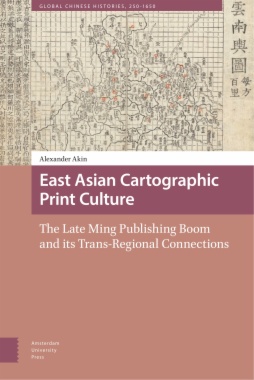

Games and Teachings in my World, está basada en información clara y concisa acerca del TEL, (Trastorno Especifico del Lenguaje), además de actividades de trabajo didáctico para que los docentes puedan tener herramientas básicas y necesarias para brindar una inclusión verdadera a las necesidades de los niños y niñas con trastorno especifico del lenguaje. Esta propuesta promueve un aprendizaje y enseñanza del inglés en la educación primaria. En especial ha sido diseñada para la institución Francisco Antonio Zea, a partir del grado segundo de primaria. Esta fue creada por tres docentes de la licenciatura de básica con énfasis en español e inglés, de la UNAC. Las actividades que los niños y niñas van a realizar fueron diseñadas de acuerdo a sus edad, utilizando un vocabulario sencillo para la docente y sus alumnos.